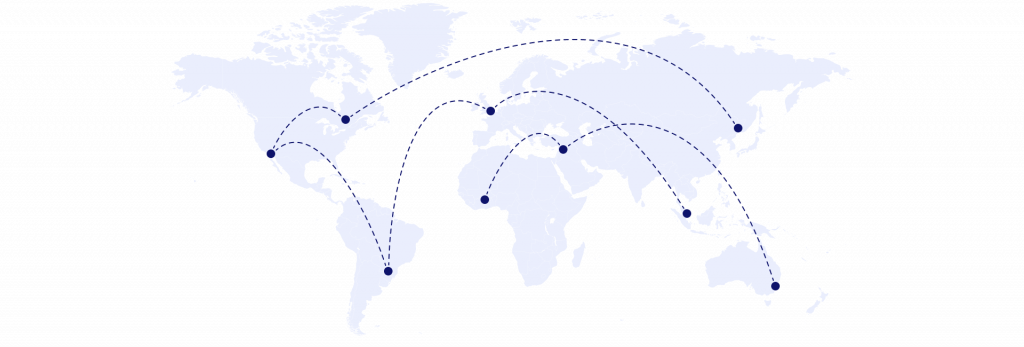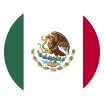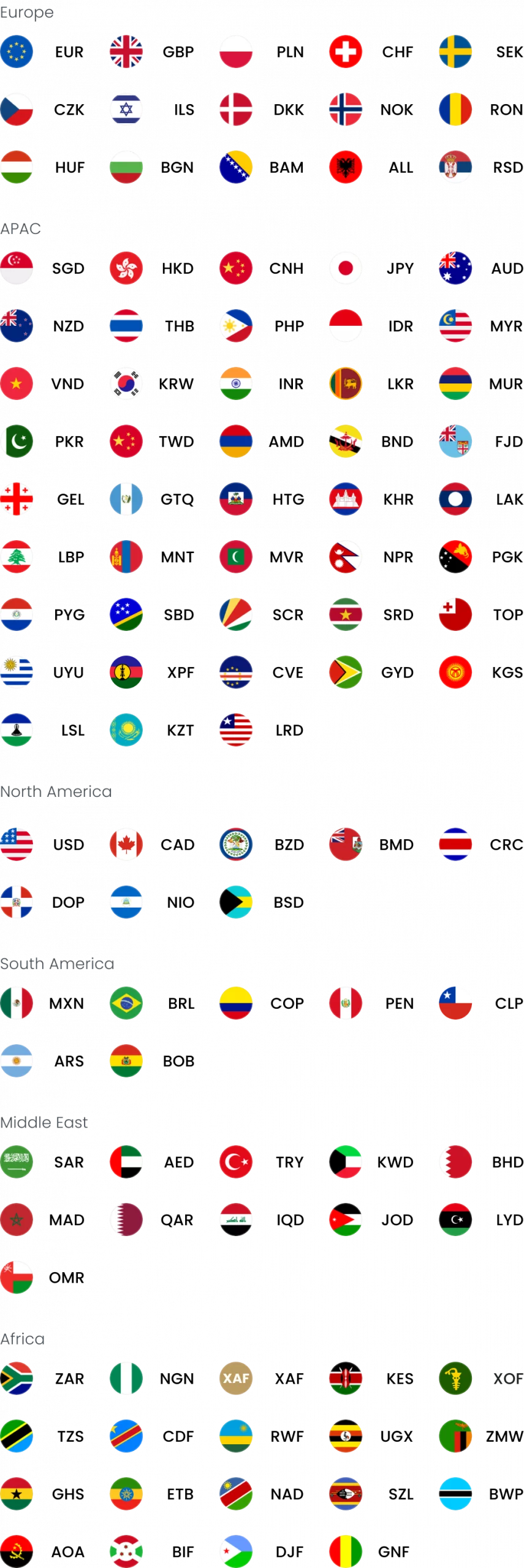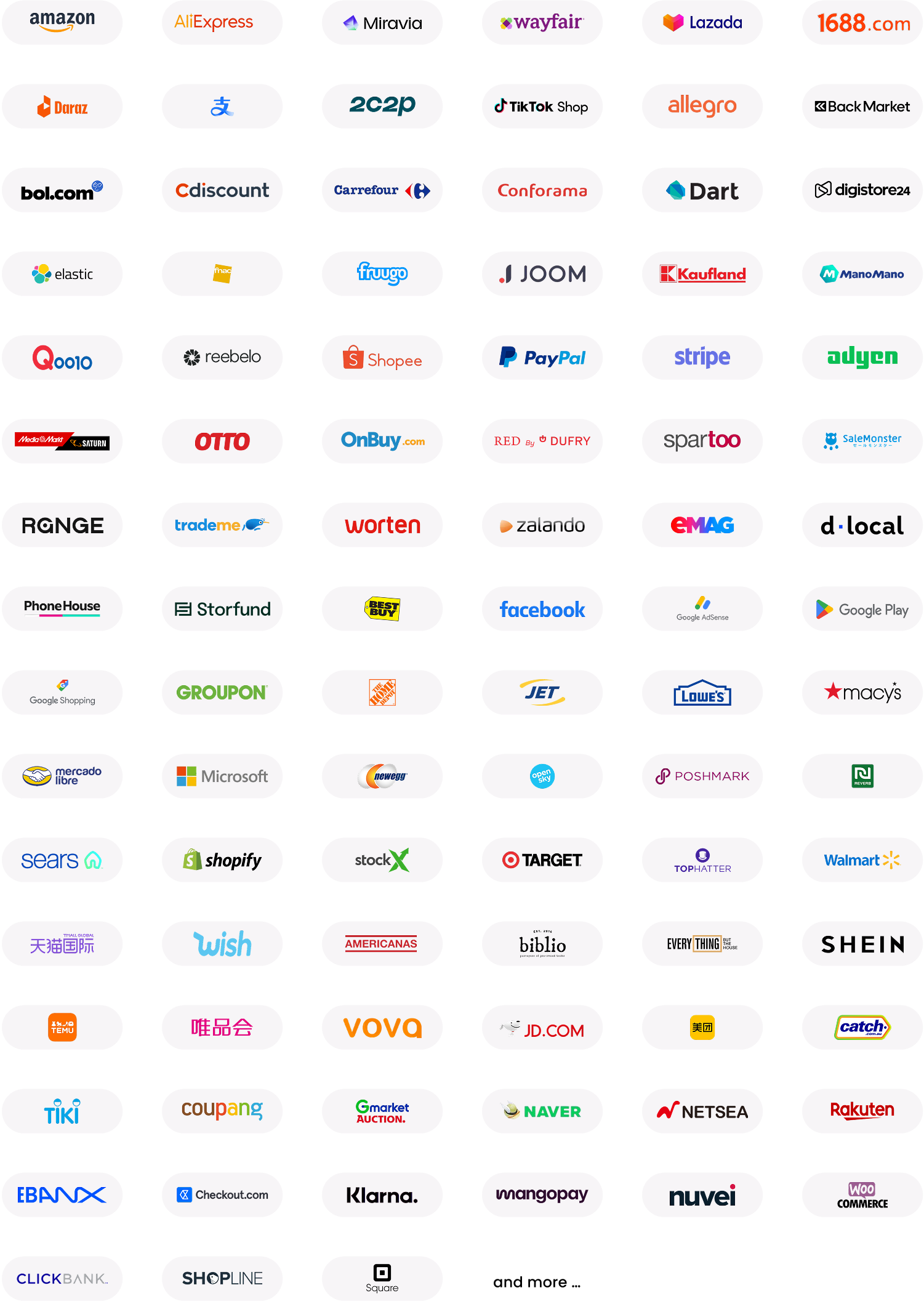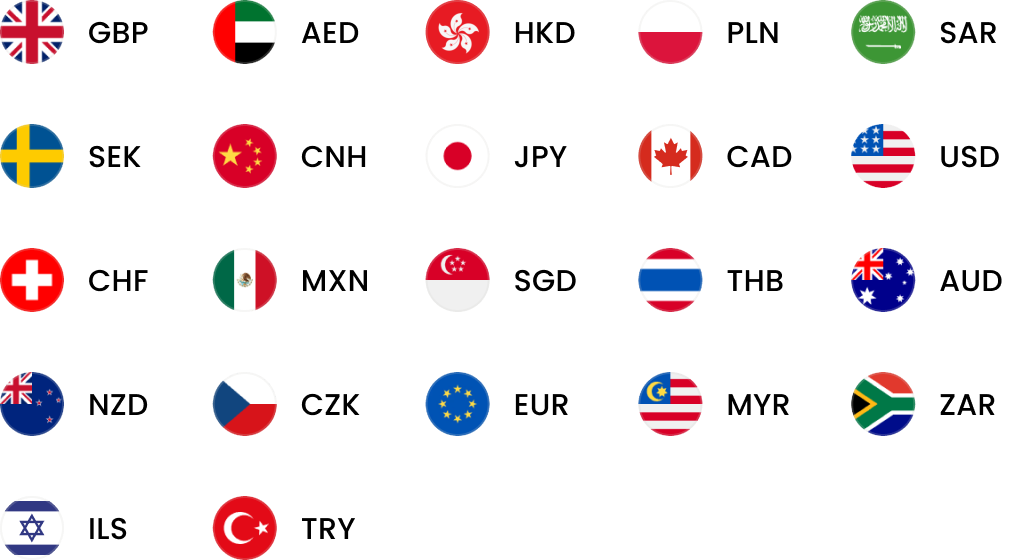Home > Blogs > Global Insights
August 2024 UK Market Update

After a strong performance against the euro and dollar recently, the pound has taken a sharp downturn. This decline followed a Bank of England interest rate cut and a dramatic stock sell-off that wiped out trillions in market value within just a few days.
At the end of July, the Bank of Japan surprised markets by announcing plans to raise interest rates to 0.25%. For years, Japan had kept interest rates in the negative to stimulate its stagnating economy. This unexpected move caused the yen to strengthen against most currencies, reversing recent losses where GBP/JPY had hit its highest levels since 2008.
As a result, traders who had used yen for carry trades began pulling out of their investments and repaying the yen loans. This shift, combined with concerns about a potential economic slowdown in the US and a drop in share prices of major US tech stocks – the “magnificent seven” – put additional pressure on the pound.
GBP/EUR had been trading near a two-year high, breaking out of the 1.1450-1.1750 range that had been steady for much of the previous year. Similarly, GBP/USD was trading above the key level of 1.30. However, both have now dropped back into their previous ranges.
The Bank of England’s Monetary Policy Committee recently voted 5-4 in favour of cutting interest rates for the first time since the onset of COVID-19 in the UK, over four years ago. Another rate cut is expected later this year and all eyes are now on the US Federal Reserve to see how its next move will influence GBP/USD.
At the tail end of August however, the picture is looking less certain for the US economy. GBP/USD has managed to flip the reversal of the Japanese carry trade sell off and shot passed the previous mark. Trading near the 1.31 mark at the time of writing, cable is fast approaching over a 2 year high.
- Open 20+ local currency accounts and get paid like a local
- Pay suppliers, partners and staff worldwide in 100+ currencies
- Collect payments for free from 130+ marketplaces and payment gateways, including Amazon, Etsy, PayPal and Shopify
- Save with competitive exchange rates on currency conversions and transfers
- Lock in exchange rates for up to 24 months for cash flow certainty


How Earle Wines cultivates global trade with a personal touch
Learn how Earle Wines relies on strong partnerships and WorldFirst's support to manage global transactions while maintaining personal connections.
Dec / 2024
August 2024 UK Market Update
Stay informed with our comprehensive market update for August 2024. Explore key trends, economic indicators, and investment insights shaping the financial landscape this month.
Dec / 2024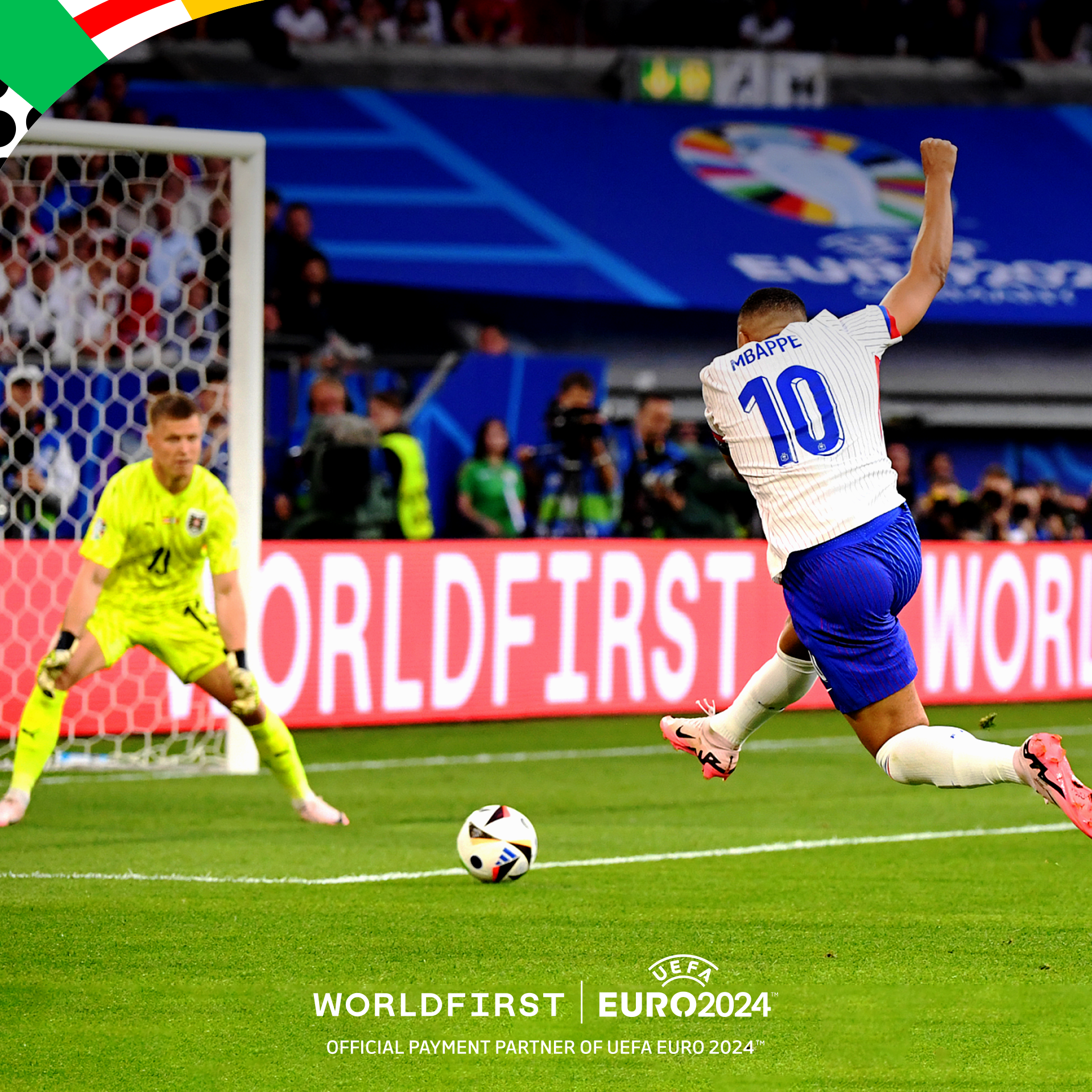
Kicking goals beyond borders: Our UEFA EUROS 2024™ wrap-up
Relive the excitement of UEFA EURO 2024™ with WorldFirst. Discover key stats, records and the joy of one of football's biggest event.
Dec / 2024WorldFirst articles cover strategies to mitigate risk, the latest FX insights, steps towards global expansion and key industry trends. Choose a category, product or service below to find out more.
- Almost 1,000,000 businesses have sent USD$300B around the world with WorldFirst and its partner brands since 2004
- Your money is safeguarded with leading financial institutions
